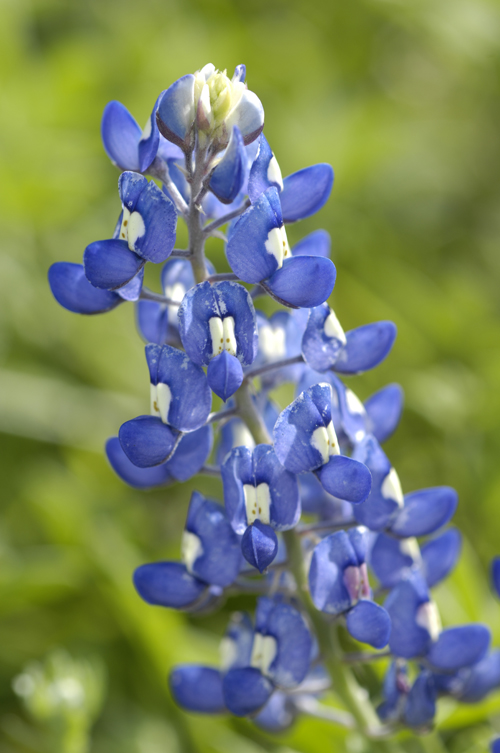Texas wildflowers are out and about. This is not a great year like last, but flowers abound if you search. One of the more common this week is the Showy primrose (Oenothera speciosa). It is not a spectacular flower, only about 2 in across.
To make this flower stand out in a photograph I decided to produce a simple HDR (High Dynamic Range) image with only two frames 1.0 F stop apart. The first was exposed on the money and the second, under exposed. Combined in Photomatix Pro 4.0.2 software, the resulting frame has more “pop” than the single frame.
With HDR photos of wildflowers windy conditions are a severe handicap. Wind breaks and high shutter speeds can help. However, making several images without movement is rarely possible. Therefore, it’s nice to know that a combination of only two images will still produce pleasing results.
Image capture with Nikon D2Xs and 200mm F4 Micro Nikkor lens in natural light.
© Brian Loflin. All rights reserved.










